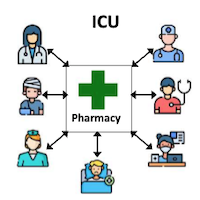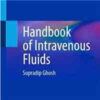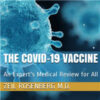Interdisciplinary Care of Children with Severe Bronchopulmonary Dysplasia
jpeds.com
Advances in perinatal care have dramatically improved survival of extremely preterm infants and the incidence of bronchopulmonary dysplasia (BPD) has not changed over the past few decades, which likely reflects the impact of increased survival of extremely preterm infants.
BPD remains the most common late morbidity of preterm birth, but many controversies persist regarding how to best define BPD, grade its severity, and prevent disease.
Ongoing clinical care and research have largely focused on issues regarding the pathogenesis and prevention of BPD in preterm infants with the important goal of reducing the incidence of BPD at 36 weeks corrected age, with a focus on respiratory care related issues during the early neonatal intensive care unit (NICU) course.
However, some preterm infants develop particularly severe chronic respiratory disease and have related comorbidities that persist throughout their NICU course and post-discharge, as reflected by the prolonged need for high levels of respiratory support, including mechanical ventilation and high inspired oxygen concentrations.
The management of infants with severe BPD (sBPD) has received less attention regarding clinical studies and interventions when compared with preventive strategies, yet these infants constitute a critical population who remain at high risk for extensive morbidities and late mortality.




















